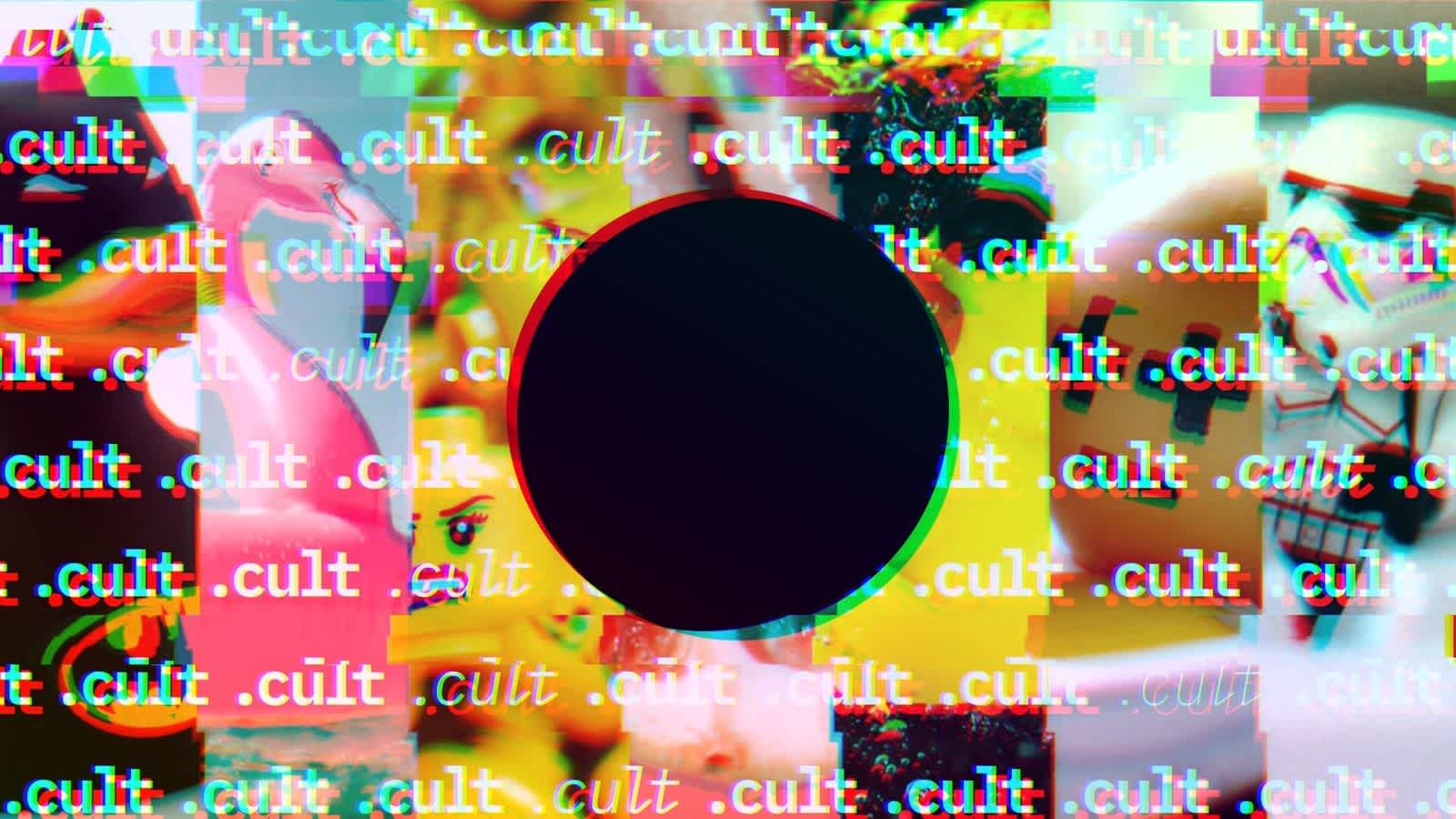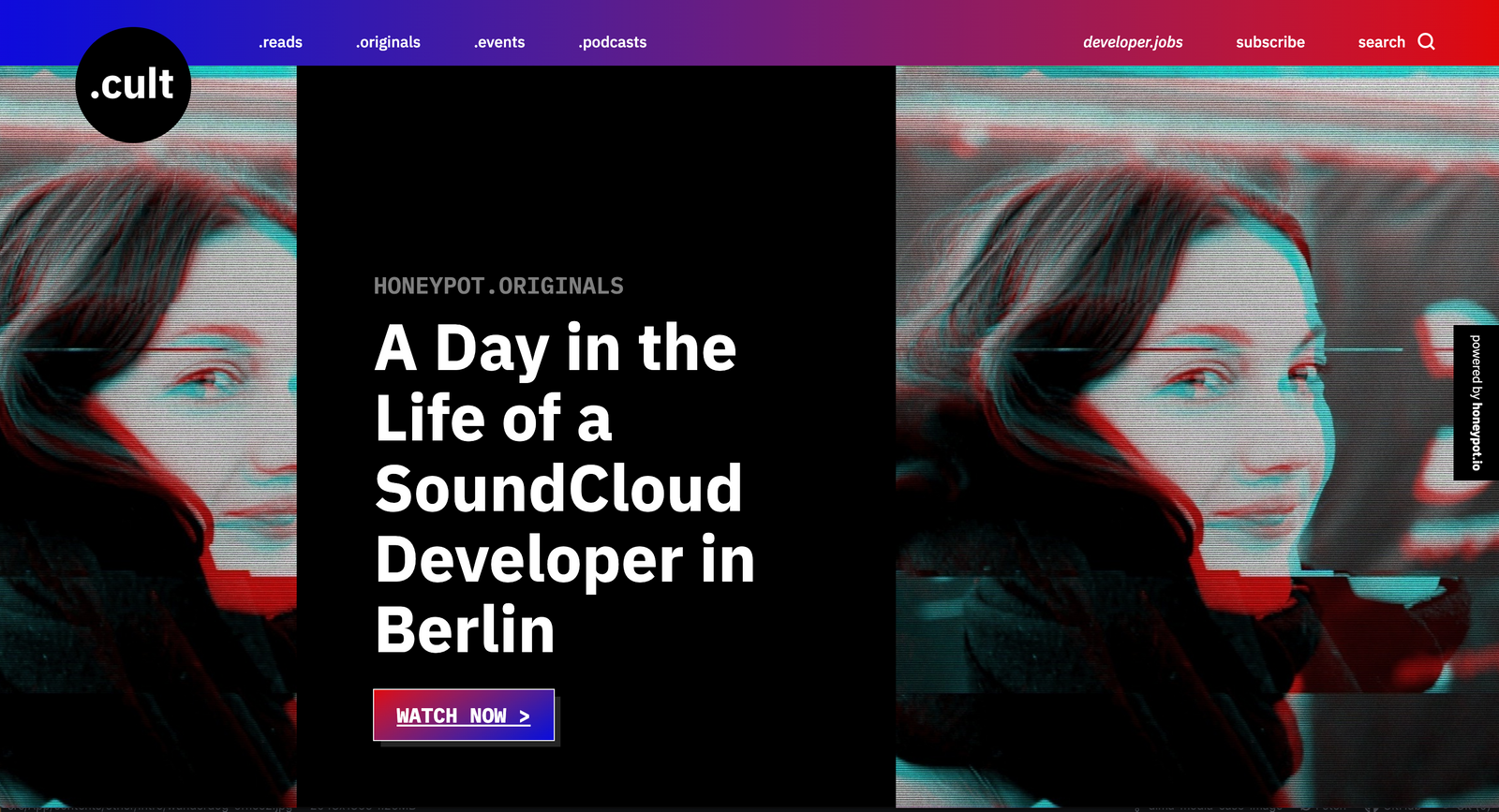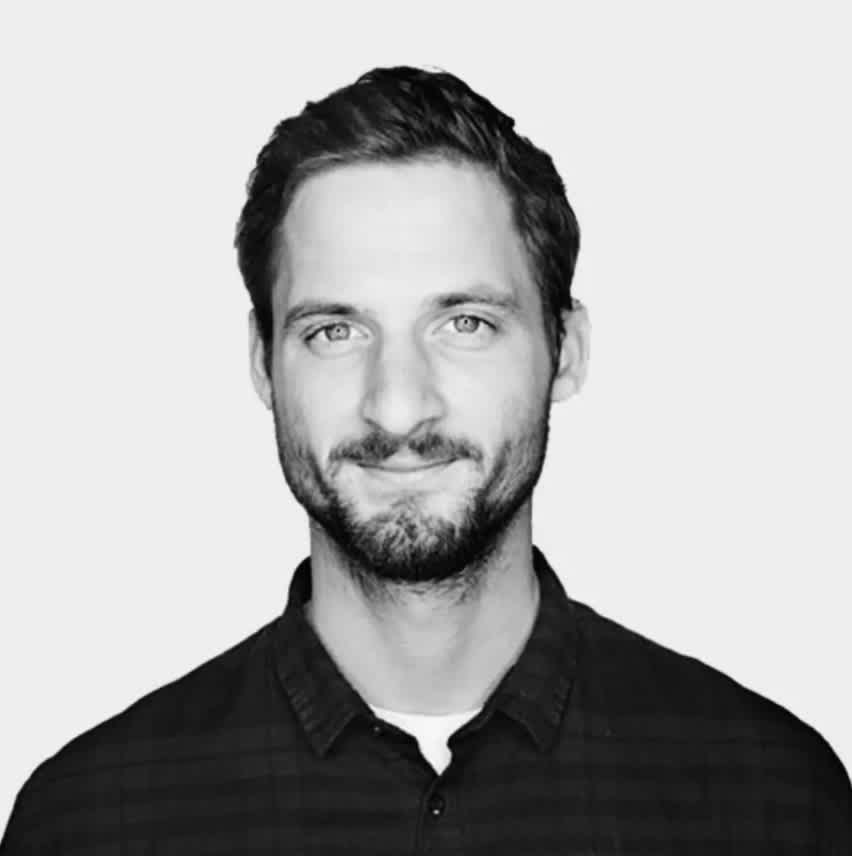Our customer Honeypot, Europe’s developer-focused job platform, wanted to build a new media platform for their Developer Community, “.cult”, to publish blog posts, articles, visual material (videos and documentaries), events and podcasts. Jessika, our developer, built a content management system with Contentful, a headless CMS that allows content creators to manage and scale platforms without the intervention of developers.
Giving content managers full ownership with Contentful

The bright idea
If content is king, quality is queen. Honeypot’s objective was to amplify their community with high quality, engaging features that could be built over time without relying on development resources. Contentful was an optimal solution: as a self-service content management system, it lets creators organize content into flexible “modules” or “sections” and modeling it as their project evolves. It also plays well with Gatsby, an open source framework that lets you pull data from any data source to render fast websites. Gatsby is easy to use if you’re not new to React.
Take your development process to the next level, and download our Design Sprint ebook!
Aligning cross-functional teams with Scrum
Projects involving content and community-building require a lot of cross-functional teamwork. Our first step was meeting Honeypot’s team: a scrum master, a designer and one editorial manager. Wunderdog’s first step was to create a flexible, component based content structure that could be adapted to different designs. After a careful initial assessment and considering the budget, we extended the project timeline by two months. This adjustment was crucial because it allowed the designer to catch up and get more stakeholders involved in the project. They ranged from SEO to analytics, product and content management.
To ensure team effectiveness, we used a strict Scrum process with one-week sprints. This structure made us work hand-in-hand to deliver successful results and reach our deadline.

The inevitable challenge
One of the main benefits of cross-functional teams are all the multidisciplinary perspectives that are considered throughout the product development process. However, they also require regular alignment from a very initial phase. The .cult platform had to be built from scratch in a short amount of time. All the stakeholders worked closely together and ensured the individual parts would contribute to the overall functionality of the project. Content, features and metadata such as tags and categories –not to mention SEO– were all essential elements we needed to build together. This required shorter but more frequent evaluations to make sure that they would work properly.
Gatsby also pushed us to get into a new developer mindset. When working with statically generated pages, which can still contain a lot of dynamic elements, you might run into peculiarities that you otherwise wouldn’t. Gatsby only uses its server-side rendering API when doing production builds, not during development. This forces the developer to conceptually separate the static and dynamic aspects of the app in order to avoid common pitfalls (such as trying to access browser globals from a Node context).
So, how did it go?
Our goal was to build a high-quality platform with the given timeline and budget. We succeeded, delivering sustainable results and empowering content managers in the process. Contentful’s flexible tools allowed us to create any type of content, giving creators full ownership of their work. They can now change the designs or add elements (videos, features, pages, etc) on the go without developer intervention.
Scrum helped the team align regularly for optimal delivery. Development-wise, the process was enriching: Gatsby and Contentful make any project fun. Consulting-wise, here are a few lessons we learnt:
Voicing concerns candidly at an early stage is valuable in the long run.
Adjusting expectations and validating assumptions are both valuable effects of the consulting process.
Flexibility is key: One of the main benefits of cross-functional teams are all the multidisciplinary perspectives that are considered throughout the product development process. For example, you might become a project manager or team lead when you thought that the client was looking for just a front-end engineer. Starting a project with an open mind helps the consultant and the existing team to align for best practices.
Finding an understanding between all the stakeholders required effective communication from the team. This included switching, adapting, designing, adding new features, changing elements and moving between functions regularly. It entailed many processes that weren’t reduced to a front-end or back-end project. A big part of the work consists of suggesting solutions, priorities and compromises. We submerged in the content management system, and the result is a new blossoming community we are now glad to be part of.
Stay in the know

